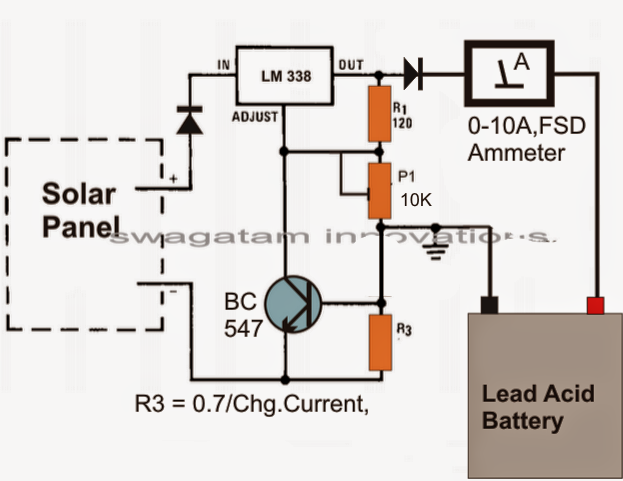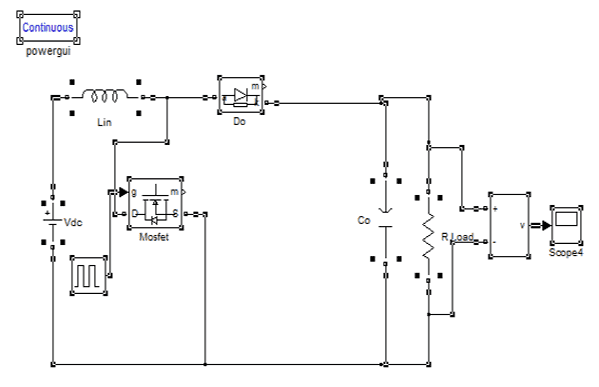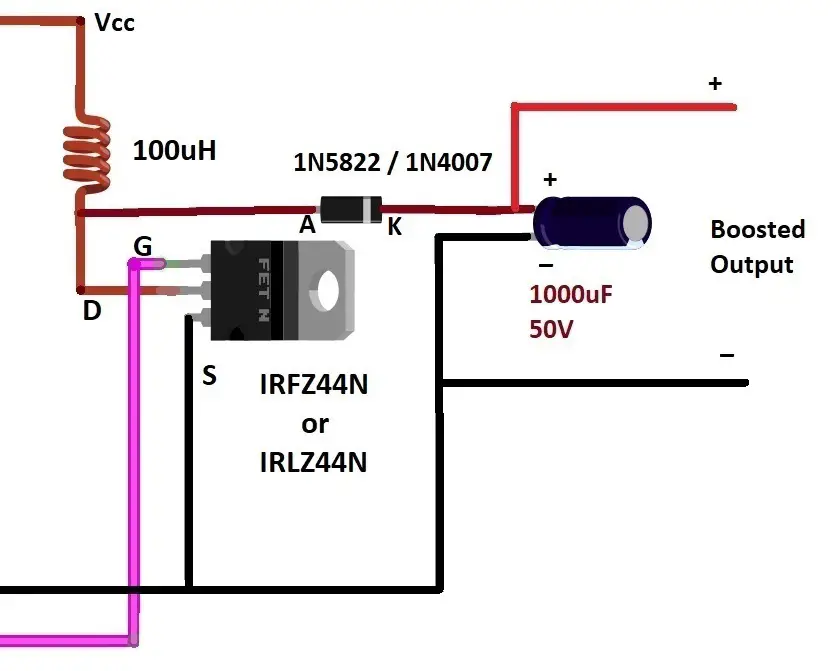

To set the voltage, disconnect the battery and connect a 1K dummy load resistor to the output. Therefore, the control does not need current limiting. For this reason, a solar panel can withstand a short circuit. Current LimitingĬurrent limiting is provided by the solar panel –it is not a commonly understood fact that the solar panel tends to be a constant current device. D3 prevents the battery voltage from appearing across an inactive solar panel. Q3 is dormant unless the battery is the connected reverse –should this happen, Q3 turns on and reduces the reference voltage input to zero thus turning Q1 & Q3 and preventing damaging battery current. C2 provides frequency compensation to prevent the amplifier from oscillating. The collector current of Q1 follows the emitter current and drops less voltage across R1 thus reducing Vgs of Q3 and turning it off. As the feedback voltage increases at the arm of R6, Q2 turns on harder and steals some of the emitter currents away from Q1. For best performance, I selected Q1 & Q2 for matched hFE. Differential voltage gain is probably in the order of 100 to 200. The output is taken from the collector of Q1 and drives the gate of P Channel MOSFET Q3. Q1 & Q2 make up the classic differential amplifier that amplifies the difference between the reference voltage and the feedback voltage from the arm of potentiometer R6. R4 and D1 form a 6V shunt Zener voltage reference. The above two reasons can make the charging parameters of a typical rechargeable battery very unpredictable and dangerous. The voltage from a solar panel can vary hugely, depending upon the incident sun rays, and the current also varies due to the same above reasons. Though it might look quite simple, charging a battery from a solar panel is never easy, because for two reasons: The energy from a solar cell or a solar panel can also be effectively stored so that it can be used as per one's own preference, normally after the sun has set or when it's dark and when the stored power becomes much needed for operating the lights. Rechargeable batteries are probably the best and the most efficient way of collecting or storing electrical energy for later usage. Normally there's only one efficient way of storing electrical power, and it's by using rechargeable batteries. Solar energy may be used directly for powering electrical equipment or simply stored in an appropriate storage device for later use. The main property of this device to convert solar energy to electrical energy has made it very popular and now it's being strongly considered as the future solution for all electrical power crises or shortages.


In essence, the designers produce a discrete power amplifier and then “wrap it” within an op amp feedback loop.A solar charger is a charger that employs solar energy to supply electricity to devices or batteries. Indeed, several consumer audio power amplifiers have been designed in exactly this way. It is even possible to provide voltage gain stages. For very high current demands, Darlingtons or multi-stage designs may be required. The current-booster is a drop-in replacement for the class B follower. Some manufacturers offer current-boosting ICs to further simplify the design. The maximum output current limitation is a function of the class B devices. Many times, small resistors are placed in the emitter or collector as a means of limiting maximum current or reducing distortion. \) can produce currents of several hundred milliamps or more.


 0 kommentar(er)
0 kommentar(er)
